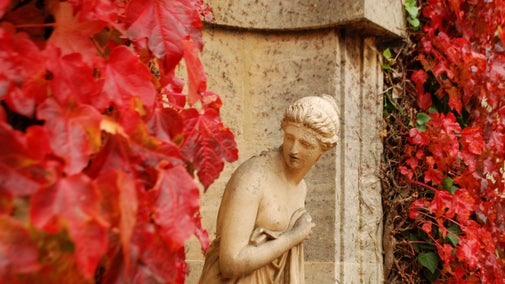The historic stable block
The stable block, built in 1685, is recognised as being of ‘exceptional significance for its aesthetic and historical value’. It is one of only 21 Grade I listed stables in England, important for the number of original features still intact.
Restoration work at Belton Stables
Starting in 2016 this project stabilised the upper floors, preserved the historic features and employed craftspeople who are skilled in traditional building techniques, such as lime plastering and stone masonry.
Preserving the historic integrity of the stables
Original fixtures such as fireplaces and the 17th-century casement windows have been retained and restored in situ where possible.
A historic building survey illustrated exactly what the original lime mixtures used on the walls, floors and ceilings would have been and this information was used when making repairs. Where possible some sections have been left exposed so that the techniques used remain visible.
Under the roof
A laser-scan survey to capture the building in 3D, revealed a hidden secret about the Stable roof. The flat roof seen today was added some time in the 20th century, and it conceals the original M-shaped roof below.












